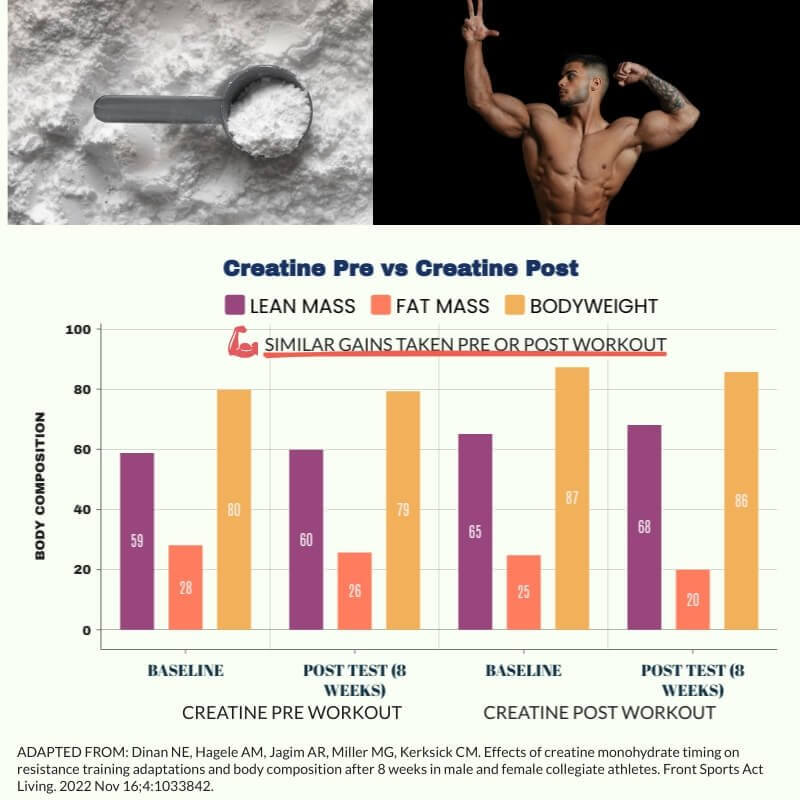How Long Until Creatine Kicks In
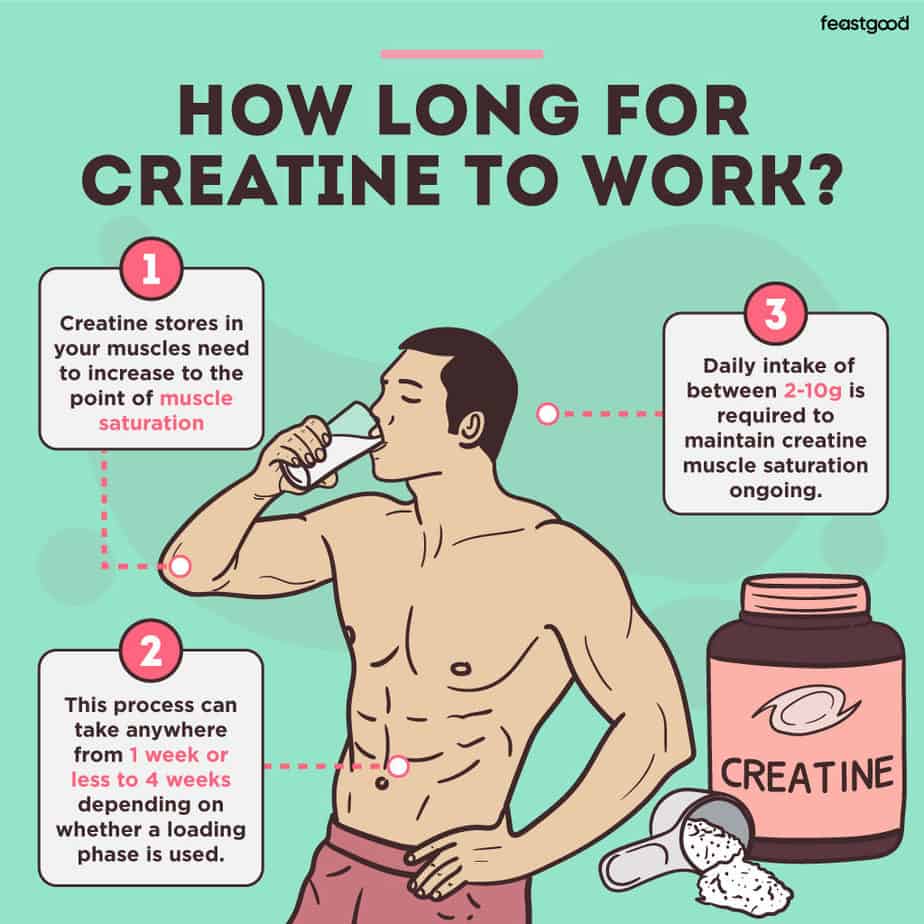
The gym is packed, the weights are heavy, and everyone is chasing that extra edge. Creatine, a staple in the supplement world, promises increased strength, power, and muscle mass, but the burning question on everyone's mind is: how long does it actually take to work? The answer, it turns out, is more nuanced than a simple one-size-fits-all timeframe.
Understanding the timing of creatine's effects is crucial for athletes and fitness enthusiasts alike. This article dives deep into the science behind creatine supplementation, examining different loading strategies, individual responses, and the factors that influence how quickly you might experience its benefits. We will explore various perspectives and data from reputable organizations to provide a comprehensive and balanced understanding of creatine's onset of action.
Understanding Creatine and its Mechanism
Creatine is a naturally occurring compound found in muscle cells. It plays a vital role in energy production during high-intensity activities.
Supplementing with creatine increases the levels of phosphocreatine in your muscles, which helps regenerate adenosine triphosphate (ATP), the primary energy currency of the cell.
This enhanced ATP availability allows for greater power output and reduced fatigue during exercise.
The Loading Phase vs. Gradual Saturation
Two primary methods exist for creatine supplementation: the loading phase and gradual saturation. The loading phase involves taking a higher dose of creatine (typically 20-25 grams per day) for 5-7 days.
This approach aims to rapidly saturate muscle creatine stores, leading to quicker benefits. Research, including studies published in the Journal of the International Society of Sports Nutrition, supports the effectiveness of loading for rapid results.
The alternative, gradual saturation, involves taking a lower dose (typically 3-5 grams per day) over a longer period.
Loading Phase: Quicker Results, Potential Side Effects
With a loading phase, some individuals report noticing increased strength and muscle fullness within the first week. Dr. Richard Kreider, a leading researcher in creatine supplementation, notes that the loading phase can lead to faster gains in muscle mass and performance.
However, the rapid increase in creatine levels can sometimes lead to water retention, causing a temporary increase in body weight. Some individuals may also experience gastrointestinal discomfort, such as bloating or stomach cramps, during the loading phase.
Gradual Saturation: Slower but Potentially More Comfortable
Gradual saturation takes longer to achieve the same level of muscle creatine saturation as the loading phase. It may take 3-4 weeks of consistent supplementation to experience noticeable benefits.
However, this method is often better tolerated, with a lower risk of water retention and gastrointestinal issues. Many find this approach sustainable and easier to incorporate into their long-term supplement routine.
According to the National Institutes of Health (NIH), both loading and gradual saturation are effective methods for increasing muscle creatine stores, but the choice depends on individual preferences and tolerance.
Factors Influencing Creatine's Effectiveness and Timing
Several factors can influence how quickly and effectively creatine works. One key factor is your current muscle creatine levels.
Individuals with lower baseline creatine levels, such as vegetarians or vegans, may experience more significant and rapid benefits from supplementation. Muscle fiber type composition also plays a role, with individuals having a higher proportion of fast-twitch muscle fibers potentially responding more favorably to creatine.
Your training regimen also matters. Creatine's benefits are most pronounced when combined with resistance training.
Diet and Hydration: Essential for Optimal Results
A balanced diet that provides sufficient protein and carbohydrates is crucial for maximizing creatine's benefits. Carbohydrates help increase insulin levels, which can enhance creatine uptake into muscle cells.
Proper hydration is also essential, as creatine draws water into muscle cells. Dehydration can hinder creatine's effectiveness and potentially lead to muscle cramps.
Aim to drink plenty of water throughout the day, especially when supplementing with creatine.
Debunking Common Myths and Misconceptions
Many misconceptions surround creatine supplementation. One common myth is that creatine is harmful to the kidneys.
However, numerous studies have shown that creatine is safe for healthy individuals when taken at recommended doses. However, individuals with pre-existing kidney conditions should consult with a healthcare professional before taking creatine.
Another myth is that creatine only benefits strength athletes. While creatine is highly effective for improving strength and power, it can also benefit endurance athletes by improving their performance during high-intensity intervals.
Real-World Timelines: What to Expect
While individual responses vary, here's a general timeline of what you can expect when supplementing with creatine. During the loading phase (days 1-7), you may notice increased muscle fullness and slightly improved strength.
Within 2-4 weeks of consistent supplementation, regardless of the method, you should start to experience more significant gains in strength, power, and muscle mass. These gains will continue as long as you maintain consistent supplementation and continue to train effectively.
It is important to note that creatine is not a magic pill. It works best when combined with a well-structured training program and a balanced diet.
Long-Term Use and Cycling Considerations
Creatine is safe for long-term use, with studies showing no adverse effects from continuous supplementation for several years. Some individuals choose to cycle creatine, taking it for a period of time followed by a break.
However, there is no scientific evidence to suggest that cycling creatine is necessary. If you choose to cycle, you will likely experience a slight decrease in muscle creatine levels during the off period.
Ultimately, the decision to cycle or not depends on personal preference.
The Future of Creatine Research
Research on creatine continues to evolve, with ongoing studies exploring its potential benefits beyond athletic performance. Some research suggests that creatine may have cognitive benefits, improving memory and cognitive function. Further studies are investigating creatine's potential role in managing neurological disorders and improving overall health.
The ISSN (International Society of Sports Nutrition) continues to monitor and evaluate new research on creatine, providing evidence-based recommendations for its use.
Creatine, a well-researched and widely used supplement, offers a valuable tool for enhancing athletic performance and potentially supporting overall health. While the exact timeline for experiencing its benefits varies depending on individual factors and supplementation strategies, consistent use combined with a healthy lifestyle is key. The most important is to consult with a healthcare professional to determine if creatine supplementation is right for you. As research continues, we can expect to uncover even more potential benefits of this remarkable compound, solidifying its place as a cornerstone of sports nutrition and potentially expanding its role in other areas of health and wellness.
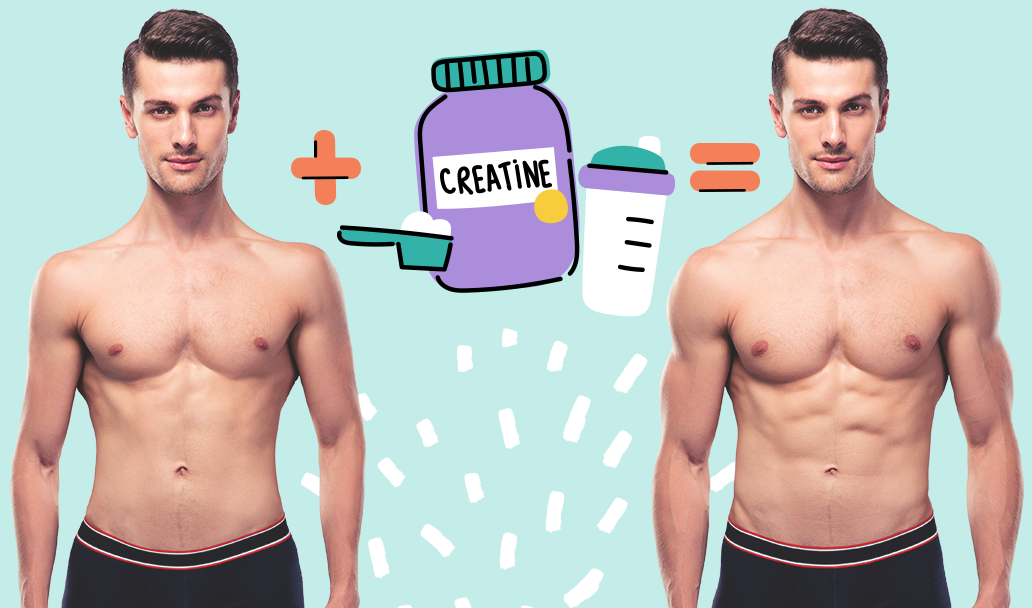
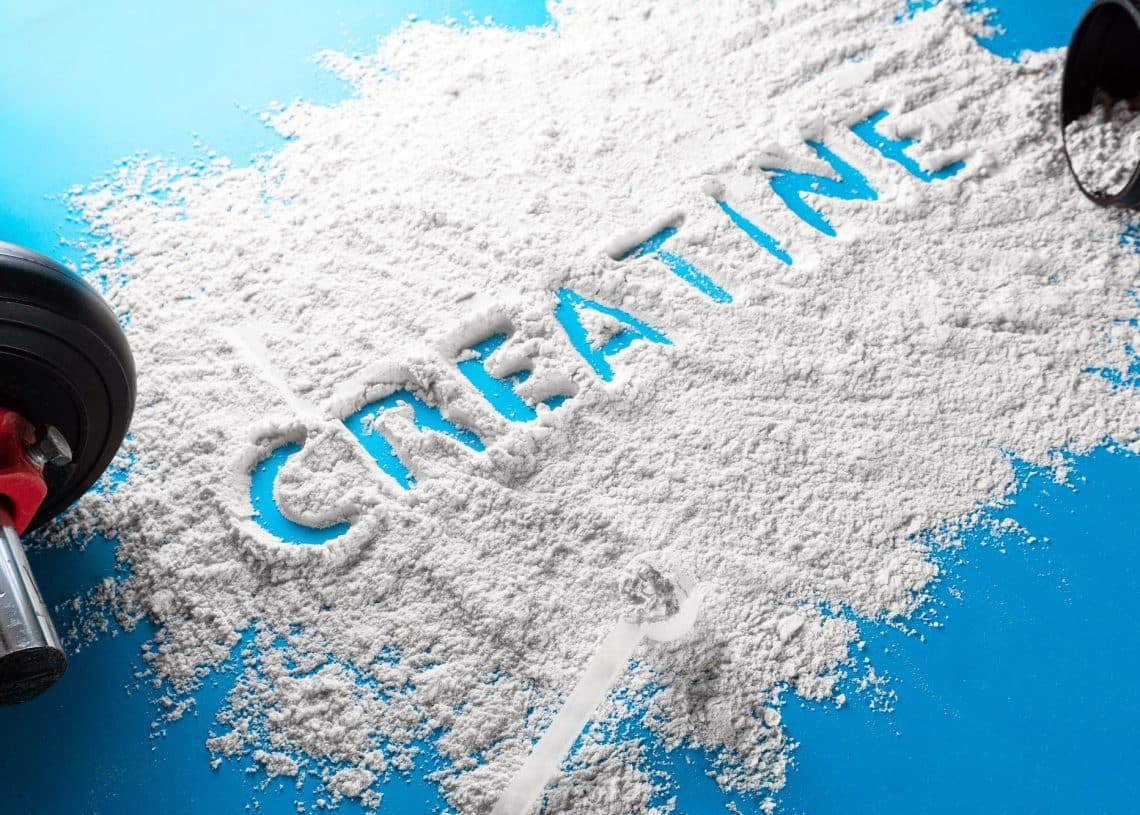

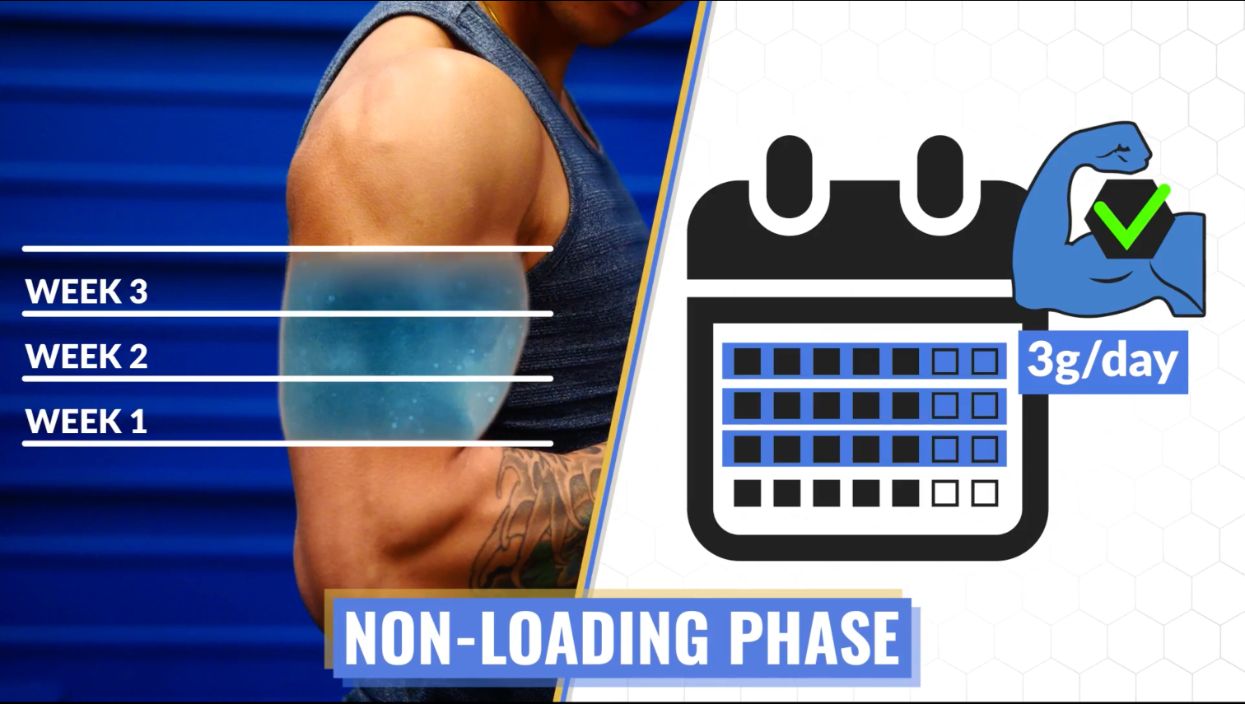
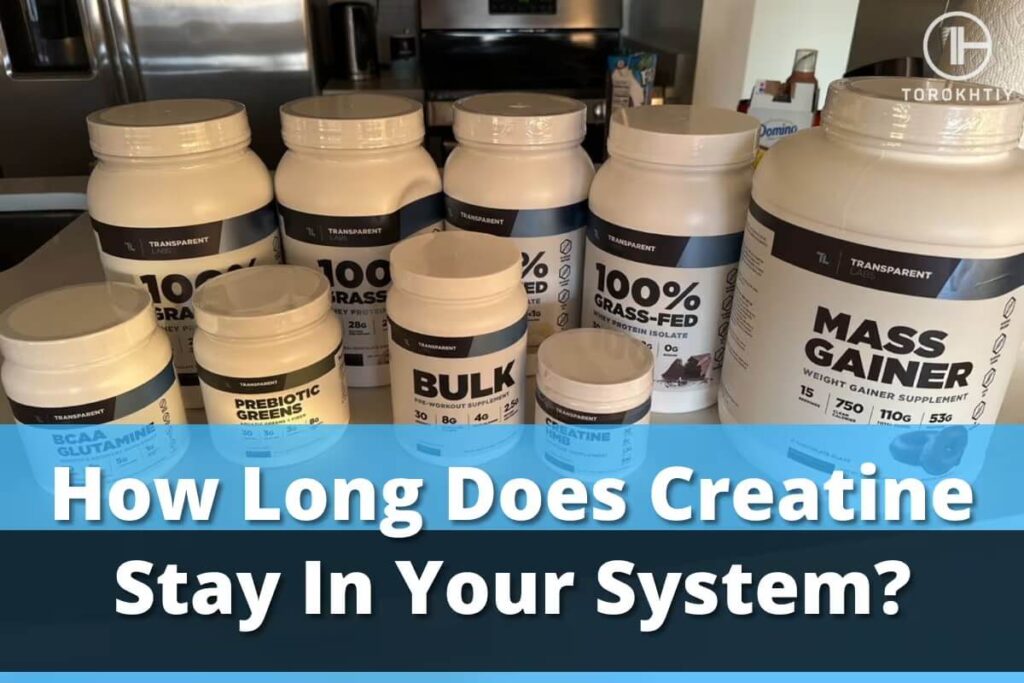







![How Long Until Creatine Kicks In When to take Creatine? [infographic] - Muscle Asylum](https://i.pinimg.com/736x/64/e3/e4/64e3e45ff8ea4c59495b7142bd0f8d1d.jpg)


